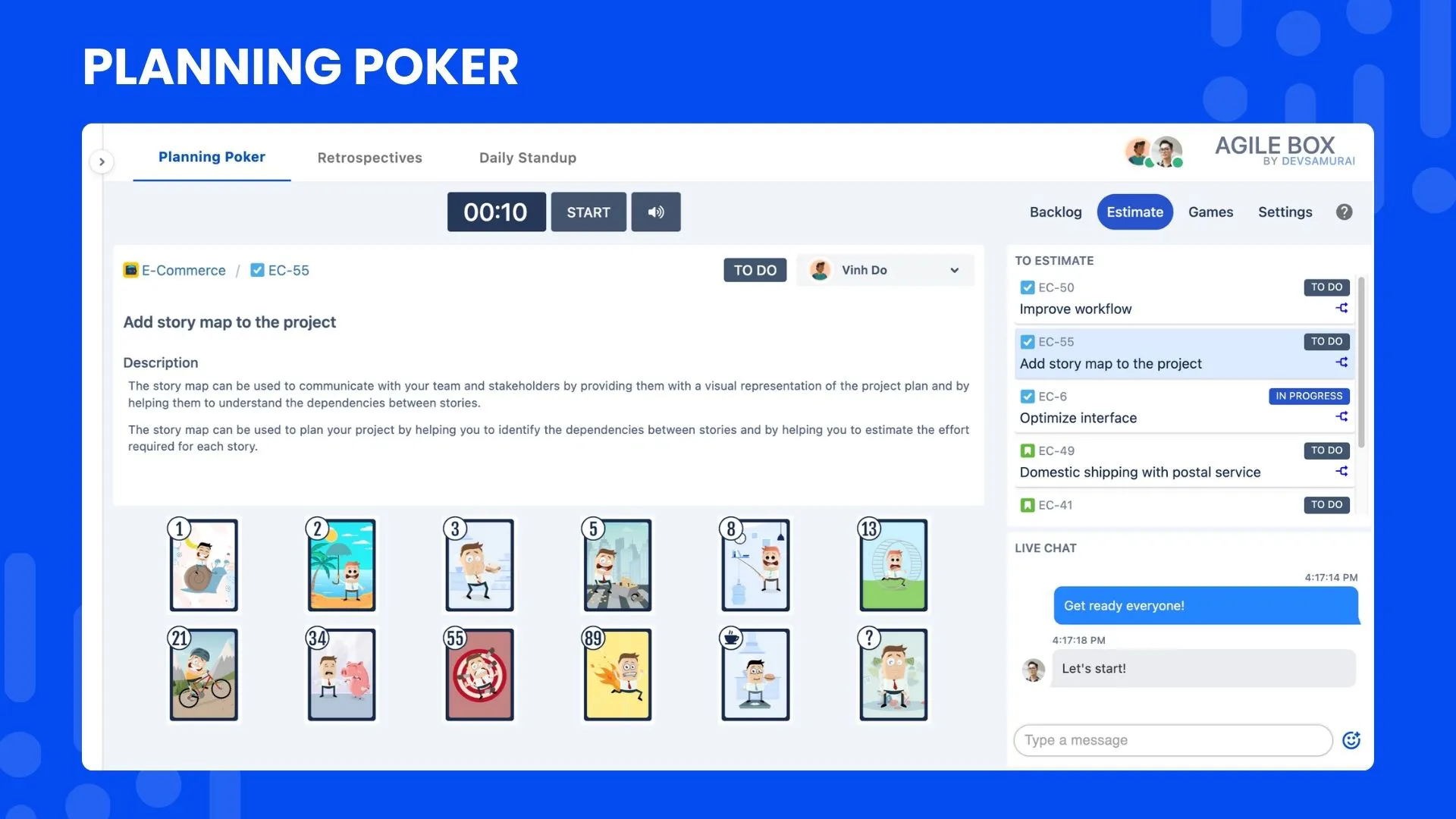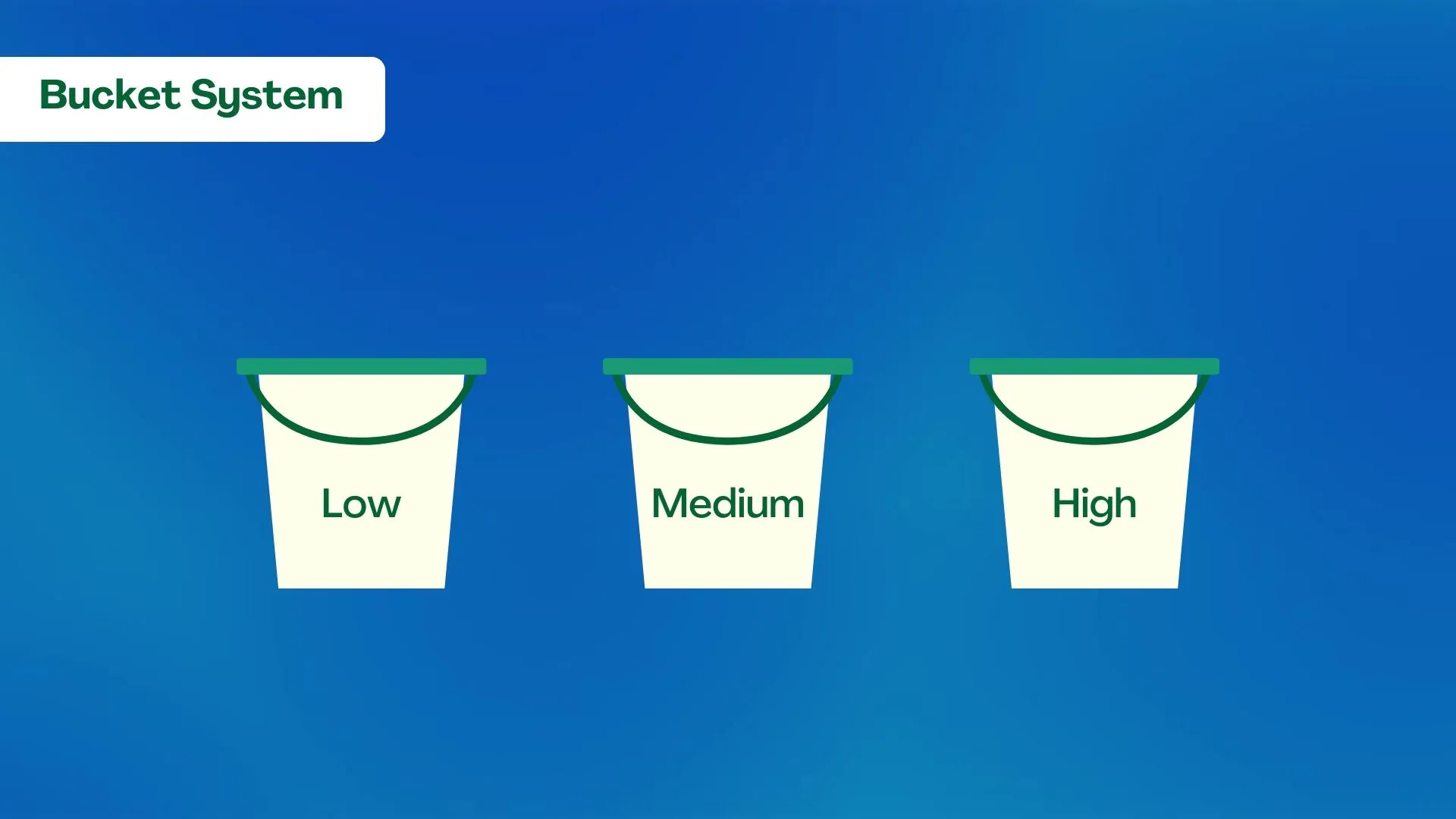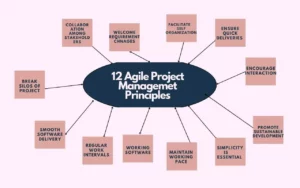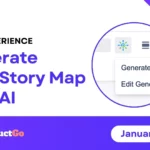Table of Contents
7 Agile Estimation Techniques with Examples
Accurately estimating work is one of the most difficult aspects of the job for project managers and product owners. The need to manage resources so that teams are adequately employed, the financial component, and the projections for upcoming quarters are all factors. It all boils down to using the proper agile estimation techniques.
When estimates are done correctly, projects are completed on schedule, businesses are successful, and team members are pleased since their deadlines and priorities are established.
This article will cover the most widely used agile estimation methods for managing product backlogs, conducting efficient backlog grooming meetings, and enhancing sprint planning.

What are Agile Estimates?
Estimation is the process of determining the amount or number of something. In Agile, estimation counts the effort required for tasks and stories so the team can plan their work. It also estimates the budget needed to complete a project.
The purpose of agile estimates is to plan and understand. It’s important to remember that estimates are not commitments. Teams who use complete agile estimates produce work of a 250% higher caliber than teams that don’t estimate.
Teams should break down these estimates into smaller chunks with the help of agile estimation tools. This will help in planning and managing their work easier.
For example, if you’re estimating how long it will take for your team to complete a task, then break down the task into smaller chunks and make an estimate for each piece before combining them into one big number.
What are Agile Estimation Techniques?
Agile estimation techniques are methods used to estimate the work to be done. They help the team understand and communicate the amount of work needed to complete a feature, story, or task.
Agile estimation techniques vary by team, but they all have a few things in common. They
- Are based on the amount of work left for the team
- Use relative numbers rather than absolute ones (e.g., “1 day” instead of “7 hours”)
- Are relative to the size of other tasks in a backlog
- Are just estimates and not deadlines
→ Related content: Common Agile Estimation Techniques
7 Agile Estimation Techniques with Examples
Let’s examine agile estimation techniques;
1. Planning Poker
A facilitator distributes playing cards to participants in varied numbers as part of the planning poker process. Each card has a number that indicates how much time or how difficult a project job will be. Higher numbers indicate longer or harder activities, while lower numbers indicate shorter or easier chores.
Using playing cards as an agile estimation technique, the facilitator instructs the team to estimate the difficulty or duration of each project activity. Team members might, for instance, assign a low card number to a task they anticipate doing quickly. Before deciding which card best fits each project assignment, the team can discuss its ideas.

→ Try out Planning Poker for Jira by AgileBox
2. Estimate Using Affinity Mapping
This approach is based on identifying parallels between the estimated items. It is up to the team to organize them. The easiest technique is to do this visually and arrange the groupings from tiny to large. It functions best when there are few participants and few to no items involved. You can give the various groupings estimation numbers.
3. Estimating Votes with Dots
You can use dot voting when you have a few options to choose from and need an incredibly quick and accurate estimation method. You can use this strategy, which comes from decision-making, for estimating. Each voter receives a limited number of tiny stickers and has the option to select one thing to vote for. More dots indicate a larger size. Both small and large groups can benefit from this.
4. The Bucket System
The bucket agile estimation technique seeks consensus through conversation and assigning values to each activity, much like planning poker. The facilitator starts with one task, centers it, and then proceeds to read and arrange subsequent lessons in buckets about the initial one.
Before getting back together and reviewing, the team can divide the tasks and group them.
Before setting the final estimates, the discussion is essential to ensure everyone agrees. Additionally, make sure to fairly spread the tasks.

5. Random Distribution
Tasks can be arranged randomly, from low priority to high priority. This technique starts with the facilitator giving each participant a list of assignments in a horizontal line. The most crucial duties are placed on the right side of the line, while the least important activities are on the left.
The team members then alternately raise or lower an item’s priority while debating their choice. Participants may pass their turn if they are satisfied with the current order. Once everyone has given and demonstrated their agreement with the work priorities, the procedure is over.
6. Comparative Estimation
A comparative estimate uses the top-down methodology to determine how long a project will take. In this method, facilitators advise teams to break down each project phase into smaller chunks. A team can decide that each step will take one month to complete if they want to finish a project in 12 months and 12 phases.
Teams can divide each month’s specific duties repeatedly until they estimate how many things they can finish in a single workday. Following that, each team can present its findings to the group and explain why it agrees or disagrees with the timeframe projections.
7. Large/Uncertain/Small Agile Estimation
The Large/Uncertain/Small approach is a quick way to estimate something roughly. The group is to sort the objects into one of these groups. The first step is to divide the immediately apparent elements into two extreme categories. The group can then discuss the more complicated topics. It’s a condensed version of the bucket system. The technique works extremely well when used with equivalent goods in smaller groups. The next step is to give these 3 groups sizes.
Final Words
In an Agile project, estimations ensure adequate management, planning, and direction. It outlines how to proceed with the project in the future.
Planning poker, the Bucket System, and other methods for estimating story points use cards or dots with printed values or numbers that are subsequently assigned to the user stories to assess their relative sizes.
Using some agile estimation tools like Scrum Planning Poker can give you a clear list of tasks for estimating.













